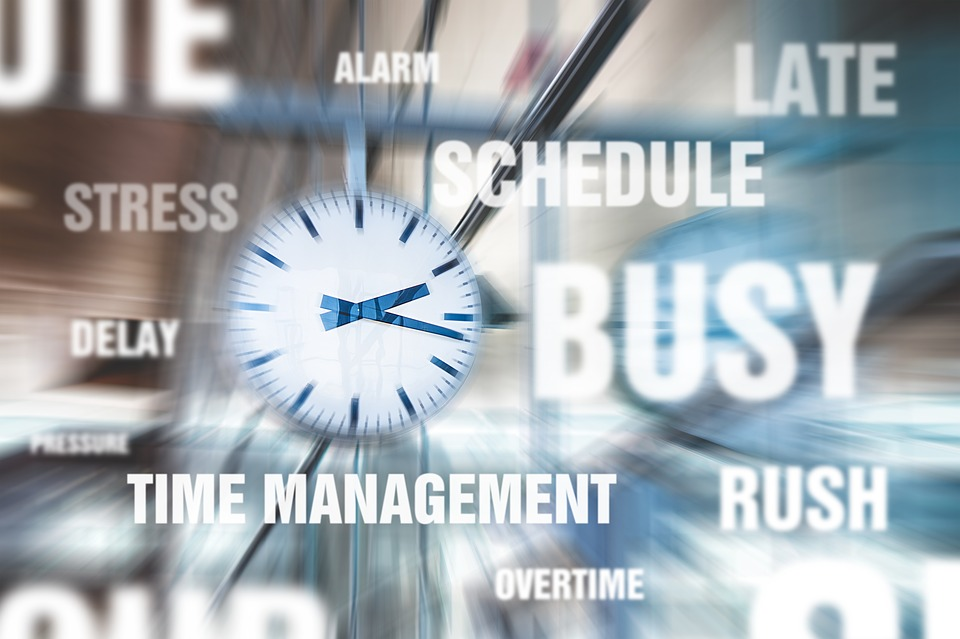Payroll
How Working Conditions and Attitudes Have Changed Due to the Pandemic
COVID-19 has dented worker sentiment: although the majority (86%) of workers still say they feel optimistic about the next five years in the workplace, this is down from 92% last year. While overall optimism may be the long-term outlook, it is uneven ...
May. 12, 2021

At a time of economic, professional and personal disruption, worker optimism offers hope for the world of work, according to a new research report on the global workforce. One year into the pandemic, ADP Research Institute’s study, “People at Work 2021: A Global Workforce View,” serves as a barometer of how the global workforce feels, how they have coped thus far, and delivers insight into workers’ perspectives about the future.
ADP Research Institute surveyed more than 32,000 adult workers, including the gig economy, in 17 countries to understand employee sentiment. Though attitudes and behaviors vary depending on location and local policies, the report details the impact on employees over the past year across five key dimensions of working life: worker confidence and job security, workplace conditions, pay and performance, worker mobility, and gender and family.
“In the past year business-as-usual has been suspended, forcing employers and workers to rethink accepted norms and adapt quickly to an uncertain and fast-changing world,” said Nela Richardson, chief economist, ADP. “COVID-19’s impact on job loss and change has been uneven, and those who held their jobs are facing unexpected choices, compromises, and even opportunities. We set out to understand how the pandemic continues to shape workers’ opinions and attitudes so employers can better understand the shift in employee mindset as they navigate the path forward.”
The following are key takeaways from the report:
Worker Confidence
Optimism is shaken yet persistent: COVID-19 has dented worker sentiment: although the majority (86%) of workers still say they feel optimistic about the next five years in the workplace, this is down from 92% last year. While overall optimism may be the long-term outlook, it is uneven among workers, specifically among new entrants in the workforce.
- Nearly four in five (78%) Generation Z (18-24 years old) workers feel their professional lives are affected and two in five (39%) report they lost jobs, were furloughed, or suffered a temporary layoff from their employer.
- Optimism among Generation Z has fallen substantially (to 83% from 93%) – more than any other generation.
- Fears of job insecurity have compelled three quarters of respondents (76%) to take on extra tasks, longer hours or a heavier workload.
Workplace Conditions
Unpaid overtime soars; empowerment rises on flexible working: With concerns around job security looming large, nearly half (46%) of global respondents have taken on additional responsibilities at work, either to compensate for colleagues losing their roles or – particularly when it comes to essential workers (55%) – to cope with the extra workload COVID-19 has created.
- Unpaid overtime has jumped sharply to 9.2 hours per week on average, up from 7.3 hours just a year ago.
- Since the pandemic began, there has been a sharp increase in workers (67%) who say they feel empowered to take advantage of flexible working arrangements at their companies, up from 26% before the pandemic.
Employee Performance
Pandemic puts employee performance in the spotlight: Workers admit the changes have offered opportunities to develop new skills or embark on new career paths they find satisfying or that unlock their potential.
- More than one-in-four workers (28%) took on a new role or changed roles due to job losses in their organization. Generation Z workers had to be the most agile, with more than one in three (36%) having changed roles or taken on a new one.
- There are positives: Most employees have been rewarded financially for their commitment, with nearly seven in ten (68%) having received a pay raise or a bonus.
Worker Mobility
Workers are on the move: Within a year, COVID-19 has significantly impacted workers’ locations. Three quarters (75%) of the global workforce made changes or plan to change how or where they live, even more (85%) among Generation Z.
- More than half (54%) say they are more interested in contract work since COVID-19, the main reasons being they believe there are new opportunities for them to perform contract work (35%) or because they have learned new skills that they can apply to contract work (32%).
- Older workers are most open to the idea of shifting into contract work (29% of over 55-year-olds and 22% of 45 to 54-year-olds), followed by Generation Z (19%).
- However, the majority of workers (83%) would still opt for a permanent, traditional job rather than contract work, a proportion that is relatively unchanged since last year.
Gender and Family
- Half of respondents (52%) believe employers accommodating the needs of working parents will cease within a year, something likely to weigh heavily in future decisions, as 15% of working parents report they or a member of their household has already stopped working voluntarily, rising to 26% for those with children under one.
- Two thirds (67%) say they have been forced to make a compromise between their work and their personal life because of the impact of the pandemic, especially for women and parents.
- Women are also less likely than men to receive a bonus or pay raise for taking on additional work or changing roles, with the greatest gap in North America, where 62% of men received a bonus or pay raise for changes to their roles, compared to only 50% of women.
For a more detailed look and to download ADP Research Institute’s report, “People at Work 2021: A Global Workforce View,” visit ADPRI.org.
